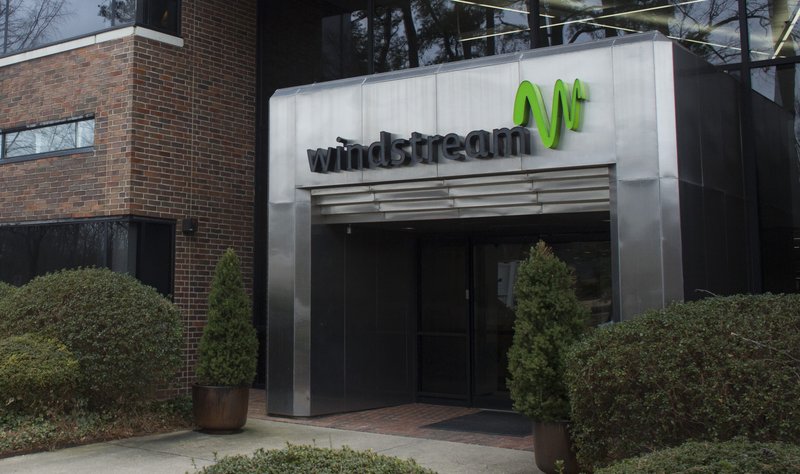Windstream, a privately held company that provides wired broadband services, has announced that it has successfully removed all Huawei equipment from its network.
The move is in compliance with the Secure and Trusted Communications Networks Act that was passed by Congress in 2019, which mandates the removal of Huawei and ZTE equipment from American telecom networks due to security concerns. As a result, the company was able to qualify for the FCC’s rip-and-replace reimbursement program, which will cover all its costs.
Windstream had acquired Huawei systems as part of its 2017 purchase of EarthLink, which made up less than 1% of its network and provided services limited to Layer 1 transport. In response to the mandate, Congress allocated $1.9 billion to reimburse telecom operators for the cost of removing Chinese gear from their networks. However, the FCC received valid reimbursement requests totaling $4.98 billion, leaving a significant funding gap of $3.08 billion that Congress has yet to close. Due to this shortfall, the FCC has been paying companies a prorated percentage of 39.5% of their reimbursement costs.
However, Windstream was able to navigate the system to rip and replace its Huawei gear.

According to the Public Search feature on the FCC’s reimbursement filing portal, the company originally sought $118.3 million in reimbursement funds. Windstream’s chief technology officer, Art Nichols, stated that the company was allocated $47 million by the FCC for reimbursement, but it does not anticipate that it will draw down that full amount based on actual costs.
Nichols explained that Windstream relied on FCC cost estimates in submitting its initial Supply Chain Reimbursement Program application, which was typically higher than the costs that Windstream experienced in practice. Additionally, as a federal contractor, Windstream implemented a multi-year engineering plan to remove Huawei equipment from its network in 2019, before the FCC made removal mandatory. In January 2020, the company hired the vendors Ciena and Fujitsu to assist with the Huawei equipment removal.
Windstream also engaged vendors Infinera and Cisco for its rip-and-replace project and worked with vendors Palco and Nave for compliant equipment disposal in accordance with FCC guidelines. By the fall of 2022, all Huawei equipment had been disconnected from Windstream’s network and was no longer operative. The company removed the final inactive Huawei equipment from its network shelves this month.
The reimbursement funds from the FCC will help Windstream recover some of the costs it incurred for the Huawei equipment removal. Windstream is in the process of receiving the funds and relied on its own capital to make the necessary network changes. Windstream’s success in navigating the rip-and-replace process may serve as a model for other telecom operators looking to remove Chinese gear from their networks.


